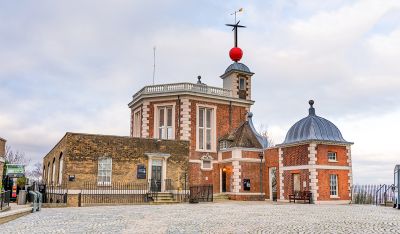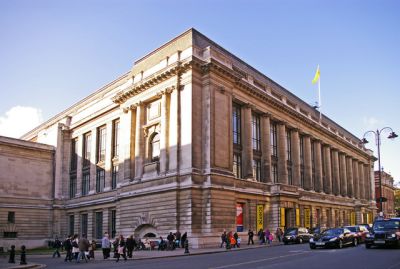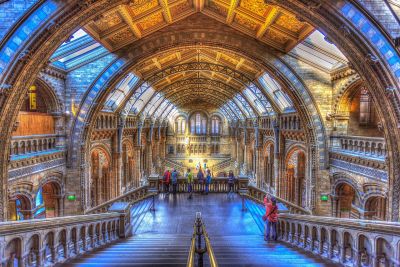The History of Tourism at St. Paul's Cathedral
St. Paul's Cathedral, a masterpiece of the acclaimed architect Sir Christopher Wren, has stood as a symbol of resilience and beauty in the heart of London since its completion in 1710. The cathedral's history as a tourist destination can be traced back to the 18th century, when it emerged as a must-see for visitors to London, especially after the Grand Tour became fashionable. Through the ages, St. Paul's has attracted tourists with its stunning baroque architecture, remarkable dome, and its significant role in British history.
The iconic cathedral has seen numerous royal events and has been integral to London's identity, garnering great interest from worldwide. The famous Whispering Gallery and the awe-inspiring views of London from the Golden Gallery continue to draw crowds. The burial site of national heroes like Admiral Nelson and the Duke of Wellington has also been a point of fascination for history enthusiasts.
Developments in Tourism at St. Paul's
Through the centuries, St. Paul's Cathedral has continually evolved to accommodate and enhance the visitor experience. The introduction of guided tours, audio guides in multiple languages, and interactive displays have made the history and artistry of the cathedral accessible to a broader audience. The conservation efforts have ensured the preservation of the cathedral's art, architecture, and artifacts, allowing visitors to enjoy its splendor for years to come.
Recent Tourism Trends at St. Paul's
In recent years the advent of digital and augmented reality experiences has started to play a part in how tourists experience St. Paul's Cathedral. Visitors can now gain deeper insights into the cathedral's past and its artworks through technology-enhanced tours. Furthermore, the significance of social media has transformed St. Paul's into a photogenic hotspot, appealing to the Instagram-savvy generation seeking to capture the perfect snapshot of their London adventure.
With the impact of global events such as the COVID-19 pandemic, St. Paul's Cathedral has adapted by offering virtual tours, allowing for an immersive experience from the comfort of one's home. This shift ensured continuous engagement with audiences worldwide, despite travel restrictions.
Sustainability in tourism has also made its mark, with the cathedral taking steps to reduce its carbon footprint and promote eco-friendly practices, aligning with the values of modern-day travelers who prioritize responsible tourism.
Planning Your Visit
When planning a visit to St. Paul's Cathedral, it is recommended to check the official website for the latest information on opening times and ticket prices. Special events, such as concerts or services, may also enhance your visit. The cathedral is readily accessible via public transport, with St. Paul's Station being the closest tube stop.
While photography is not allowed inside the cathedral to preserve its sacred atmosphere and visitor experience, the exteriors and the views from the top of the dome make for breathtaking photographs. Whether you're a history buff, architecture enthusiast, or simply looking for a memorable London experience, St. Paul's Cathedral offers a timeless journey into the heart of British heritage.

























